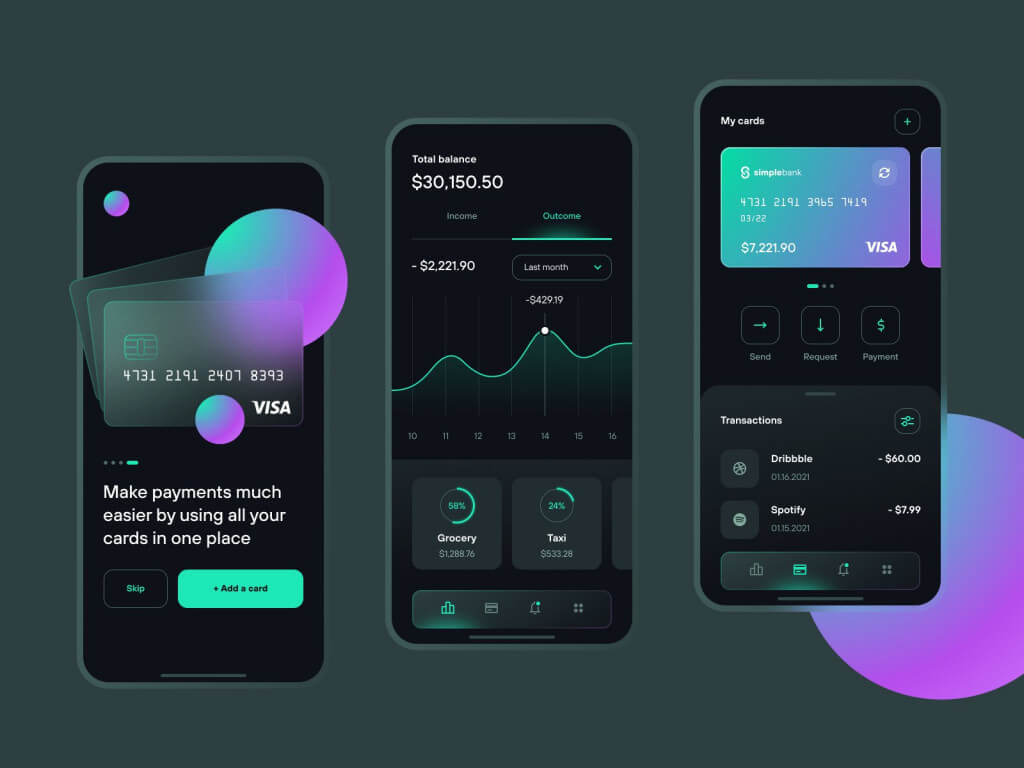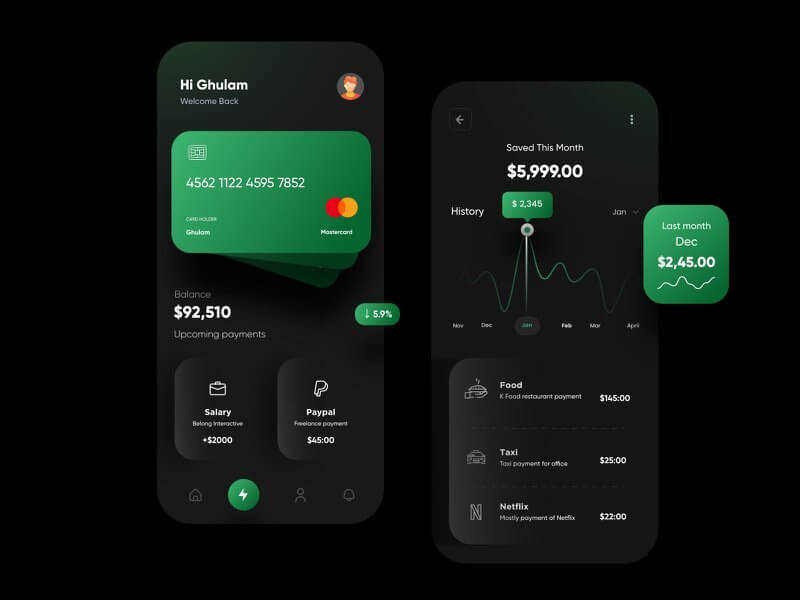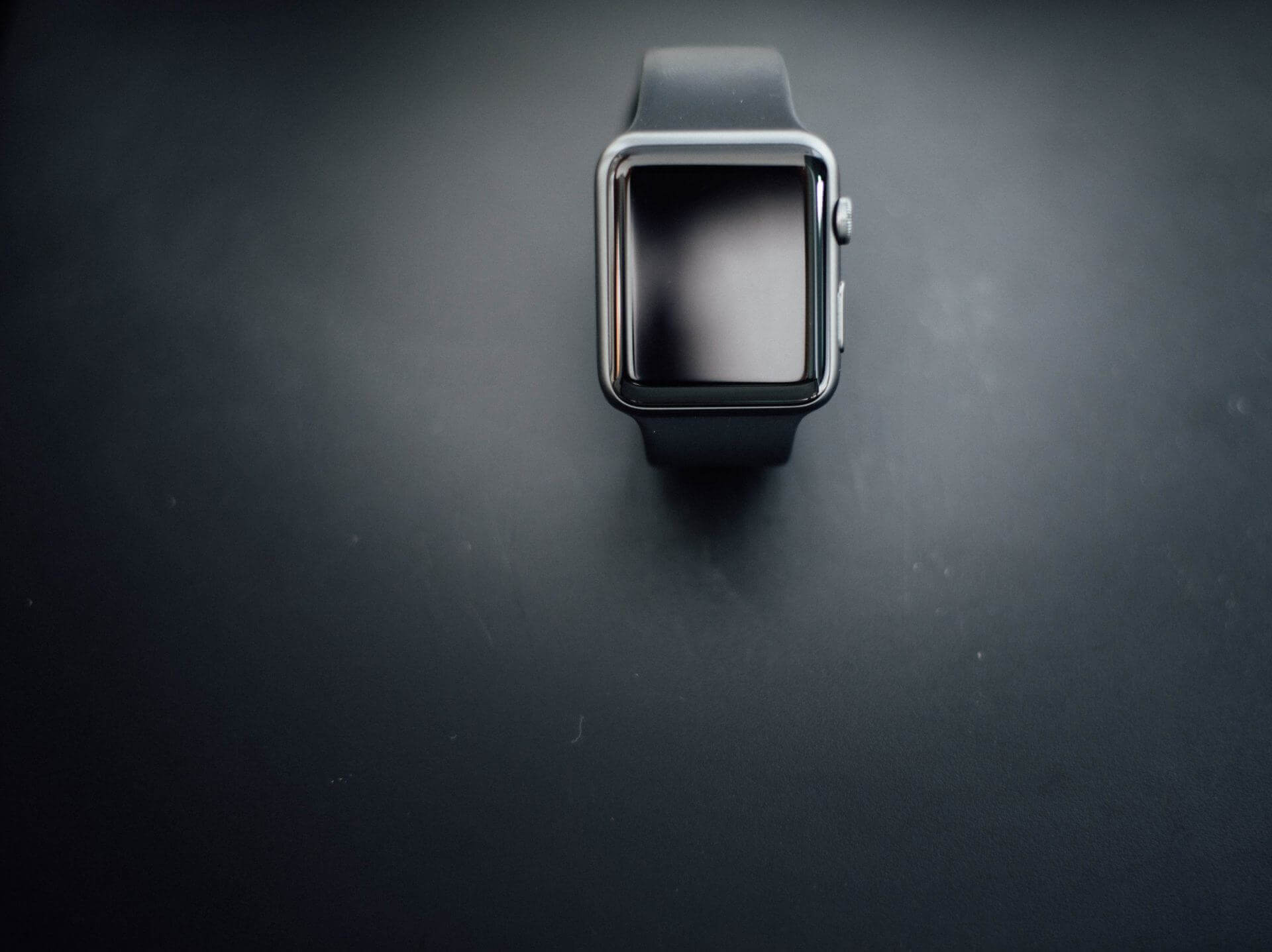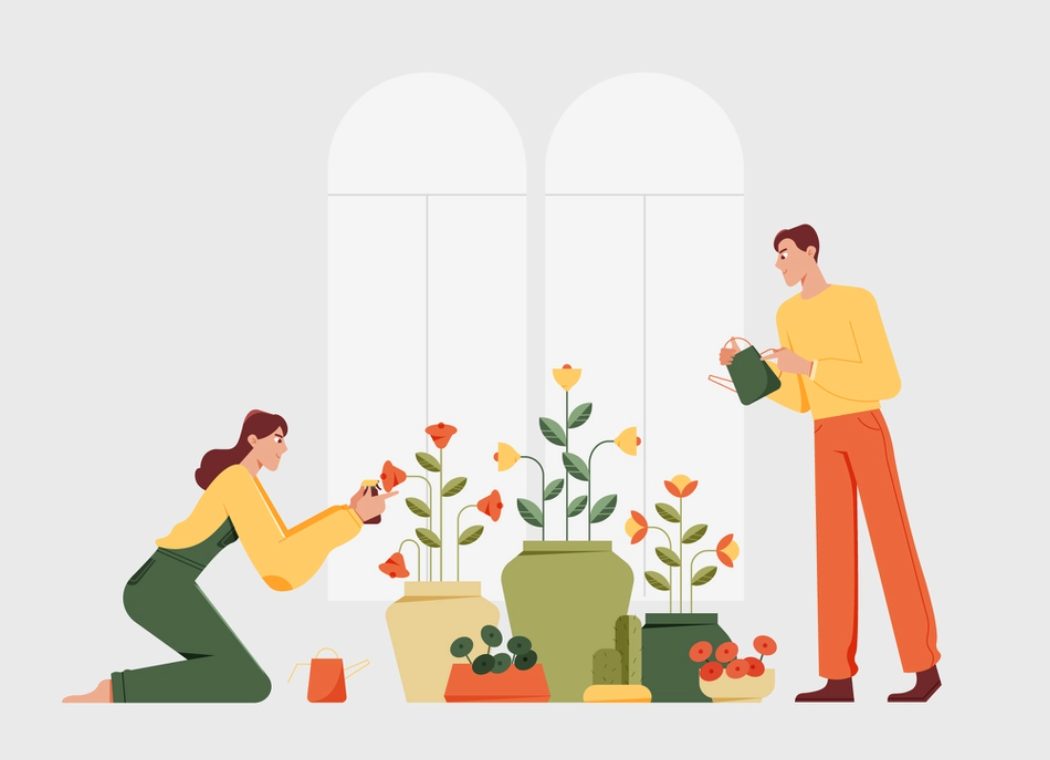Is product design similar to UX design? The short answer is no. The responsibilities of product and UX designers are not the same. Let’s find out the differences between product design vs UX design and how to define what kind of designer you need for a project.
Have you ever wondered why the design roles differ so much? The digital design industry is growing as fast as the digital world itself. As design helps with a variety of business needs, various roles appear to tackle different issues. The first distinction that comes to mind between a product designer vs UX designer is the following: these roles look the same but perform separate functions.
At first glance, all design positions are responsible for the same. Indeed, designers generally make something look good. Aesthetics is essential for users. According to the latest statistics, 38% of visitors will quit a website if the layout is unattractive.
But beautiful design is not about images and layouts. It also contains UX, that is, user experience, the way people feel about a website. Therefore, though the responsibilities of designers with different specializations vary, they still have something in common. For example, comparing product design vs UX design process we notice that customer research is obligatory for both of them.
The matter is that 85% of B2B and 79% of B2C users say their experience with a brand on the website is as important as the quality of a product or service. Without research, it isn’t easy to reach these expectations.
So, do all designers do the same work? No. Even in a product designer’s definition, we find basic answers to this question. Some skills are a must for all designers. Still, particular tasks require a specific skill set. The specialization determines the competencies a particular designer needs to continue the career, let’s say, in UX product design.
Can a product designer become a good UX designer? Are these roles interchangeable? Is there a substantial difference between a UX designer vs product designer? In this article, we will find answers to these questions. You will finally understand the difference between a product designer and UX designer.
What is Product design?

First and foremost, let’s look at a product designer’s definition to understand the basics of this profession and field of responsibility.
A product designer is involved in creating a product that solves business needs. Here lies the main difference between a UI/UX designer vs product designer. Product design is about creating and developing new products to solve business problems and meet the customers’ needs.
There is a thought that product design focuses on the end-users’ needs. In contrast, product management focuses on the market and customers’ business needs, and development focuses on customers’ technology needs. ProductPlan says that a product designer is responsible for ensuring a product meets the needs of users while also aligning with business objectives and taking direction from product management.
All in all, you can look at it as a constant flow in which a designer pulls together clients’ needs with business goals.
Product design concentrates on overseeing and supervising the lifespan of the product. It imposes specific responsibilities on the designer. They include understanding the business goals and needs, sticking to the budget, and recognizing and solving problems with the product. Product design covers user experience, marketing, technical design, and other related fields.
If we compare UX vs product design, we will notice that the design process consists of common steps:
- defying the problem
- brainstorming ideas
- conducting user research and user testing
- creating solutions based on the feedback
However, unlike UX design, product design keeps analyzing the results and introducing changes whenever necessary.
To sum up, product design is mainly concentrated on business requirements. In the design, we cannot concentrate on the behavior of users only. Depending on the business needs, goals, and event growth strategy, the design will vary.
What is UX design?

In product design vs UX design comparison, UX product design is responsible for interaction with users. Of course, business goals are also important, but clients’ satisfaction comes first.
The main objective of UX design is to create interfaces that are convenient and satisfying. Thus, UX design always works with real customers.
Justin Mifsud, Founder of Usability Geek, says about UX design: “User Experience Design (UXD or UED) is a design process whose sole objective is to design a system that offers a great experience to its users. Thus UXD embraces the theories of a number of disciplines such as user interface design, usability, accessibility, information architecture, and Human-Computer Interaction.”
UX design answers these basic questions:
- Why do people use the product? What are their motivations, values, and views?
- What can people do with the product? What are the features and functionality?
- How do people use the product? Is it aetheric enough, and is it accessible to everyone?
What is the distinction between UX and product design?
The essential difference between product design and UX design is the driver of the results. The first has a more entrepreneurial approach tailored to business goals. For example, if a company needs to increase conversion, product designers will focus on this objective.
Smashing Magazine describes product design as the process of recognizing a potential market opening, accurately outlining the problem, and devising an effective solution for it.
UX design keeps people in mind, making products convenient for the users. For instance, the website may be overloaded with blocks and information that users do not need. In this case, a UX designer should determine what worsens the customer experience. They think about how to rearrange the layout and the content to satisfy the clients.
According to Scott Johnsen, Head of Design at Alto, UX design is a systematic approach to comprehensively understanding the needs and objectives of the user.
If we compare professional domains at this point, we will have the following equation:
Product design vs UX design = business-driven design vs customer-driven design.
We can also describe the difference between product design and UX design in the questions that designers ask. For product designers, the question would be, “Does this product make sense for business?” Meanwhile, a UX designer would wonder, “Is this product user-friendly?”
Product designer vs. UX designer
Despite the differences in UX vs product design specializations, these designers still have much in common. Both apply design thinking, know the audience, develop strategies based on user and business needs, brainstorm and find solutions, create representations of ideas, and test them.
Below, we will describe what’s expected and what’s different regarding product designer vs UX designer salary, responsibilities, and qualifications.
Qualifications in product design vs UX design
If comparing product designer vs UI designer qualifications, we won’t find any substantial differences. In fact, they are almost the same:
- degree in a particular relevant discipline
- experience in the related field
- knowledge of the design process (guiding, planning, and execution)
The list of required qualifications for product designer vs UX designer may change from company to company; however, these mentioned above are typical.
Skills required
The biggest distinction between product design and UX design lies in the skill set. Again, the fundamental things will be the same, while the specifications will differ. Here’s a comparison of the skills required for these specializations:
| Product designer | UX designer |
| Designing, prototyping, and wireframing (Sketch, Adobe XD, Figma) | Strong UX, interaction, and visual design skills |
| Contributing to the design system | Wireframing and prototyping |
| Creating functional designs for desktop and mobile devices | Analytical and critical thinking |
| User-centric mindset | Knowledge Of Sketch, InVision, or other prototyping tools. |
| Conducting user research | Conducting user research |
| Partnering with engineers | Partnering with engineers |
| Communication, cross-functional collaboration | Communication, cross-functional collaboration |
Additionally, a product designer must be curious. Being good at analytical and critical thinking is also essential. As a product designer works with planning and strategizing, a strategic mindset is obligatory. And, of course, this specialization requires deep knowledge of the product and the market.
For a UX designer, it’s no less crucial to be curious and obtain a high level of empathy. One of the most obligatory things is to have proficiency in researching and synthesizing information. Sometimes, UX designers also work with UX copy, so they must be good at writing. When collaborating with graphic design services, UX designers can leverage their writing skills to effectively communicate design concepts and requirements, ensuring seamless integration of visual and textual elements in the user experience.
Responsibilities of product designer
How are product designer and UX designer responsibilities different? Different companies may have some specific approaches, but all in all, the list of responsibilities is common.
By analyzing product design vacancies of different companies, we can define the list of typical responsibilities. Here are the most common points in the description of product design responsibilities:
- Storytelling implemented by design
- Designing the overall experience of a product
- Focusing on the holistic design
- Creating and executing product design strategy
- Presenting product ideas to team members
- Brainstorming
- Suggesting improvements to the design and performance of products
- Employing concepts into prototypes
- Staying up to date on industry trends
- Modifying and revising existing designs to meet business goals
As we have already mentioned, companies may have additional specific responsibilities for the designer. We’ve collected some of them to demonstrate that digital product designer skills can be applied to do various design things for the business.
For Frontapp, the product designer’s responsibilities are as below:
- Design positive product experiences across platforms, including web, desktop, and mobile
- Define the requirements of the project in collaboration with Product Managers and Engineers
- Understand and represent users in product decisions with cross-functional peers during tradeoffs, timelines, and experience discussions
- Design and communicate their vision to the team using mockups, documentation, and prototypes
- Impact business goals through the effective and efficient development of design solutions
- Participate and shape the design team’s culture
Responsibilities of UX designer
Like product designer, UX designer responsibilities have a lot in common, but the list may vary in the different companies:
- Storytelling implemented by the interface
- Designing the overall experience of a product
- Focusing on concept models, interaction designs, and information architectures
- Creating user interfaces with developers and UI designers
- Conduct testing and research
- Using recent studies and best practices to improve user experience
- Building storyboards to conceptualize designs
- Analyzing customer responses and website data to find a place for improvement
- Enhancing user experience by creating a better navigation
- Combining interface design concepts with digital design
Let’s also see how the responsibilities of UX designers vary across companies.
First, look at the description of UX designer responsibilities for Amplify Education:
- Design user experiences for existing and new web-based educational applications
- Design clear flows and interactions informed and validated by research and data
- Create high-fidelity prototypes
- Participate in design review sessions with product owners and partners
- Prepare and present mockups and wireframes to internal teams and key partners
UX designer for Amazon Services should do the following:
- Use business requirements, usability findings, and market research to use cases, develop scenarios, and high-level requirements
- Design conceptual wireframes, high-fidelity mockups, information architecture diagrams, interaction specifications, and functional prototypes
- Translate abstract concepts into elegant and simple user interfaces
- Quickly iterate on multiple design explorations to arrive at a simple but robust solution for complex requirements
- Understand target users through user research and drive toward collecting more data when needed
UX and product design have no difference in guiding users through complex actions, combining user goals and business goals, ensuring ease of use, and finding perfect solutions at lower costs.
Salary
Clearly, product designer vs UX designer salaries will vary depending on the experience, skills, region, and the company itself. Still, we’ve conducted basic research on salaries in product design vs UX design to find out who’s earning more.
Indeed states that an average product designer earns $118,654. Payscale statistics show that the product designer’s salary is $84,422.
Indeed also provides interesting stats for UX designer salary. A UX designer with less than 2 years of experience earns approximately $84,213 per year, while a professional with 10+ years of experience makes $130,654. According to Payscale, a UX Designer earns about $74,635.
Salary stats for designers never stay the same. The matter is that they are in high demand, and this demand is not going to fall. Therefore, the salaries of high-level specialists keep rising, while entry-level designers earn less.
Conclusion
The design industry is increasing. New specializations appear all the time. It’s always a choice of the company to work with only one designer or hire a team, where the responsibilities are divided according to the specializations.
We won’t deny that product and UX design roles can be interchangeable. However, to have a proper skill set, you should understand the difference between a UX designer vs product designer. At the very least, there is a difference between UX modernization and product design trends that professionals follow closely and can provide the best solution for you.
One cannot compare the importance of interaction design vs product design when it comes to the overall result, as both are equally vital and solve different business problems. Our logo and brand design services complement these roles, ensuring your visual identity aligns perfectly with user experiences and product functionality.
If you need assistance in product or UX design, you can always count on Fireart Studio and hire UX developer. We will help with analysis and strategy and assist in creating a practical design that will be business and user-experience-driven.





















